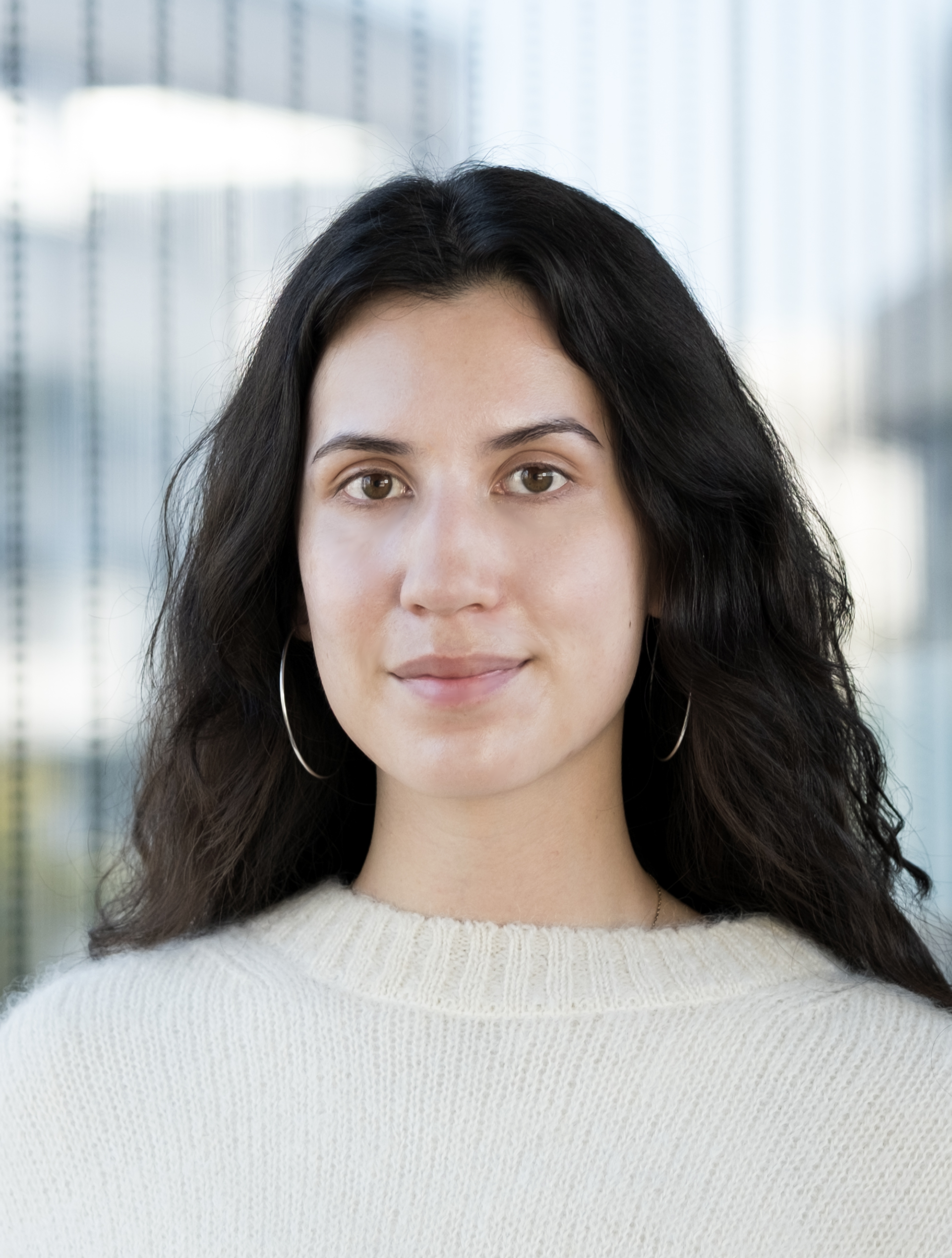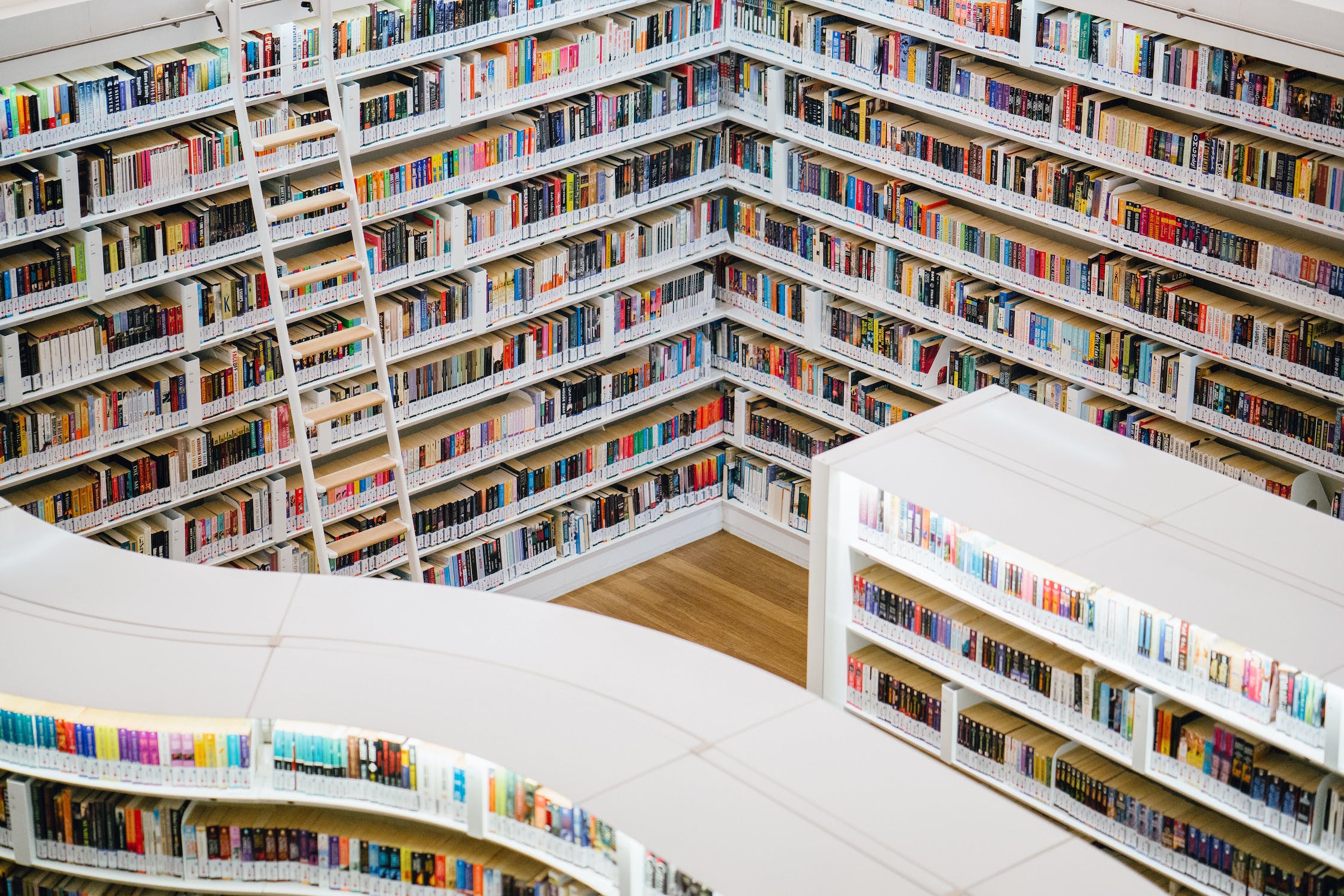|
PUBLICATIONS: Mukherjee, K., Huey, H., Stoinski, L. M., Hebart, M. N., Fan, J., & Bainbridge10, W. A. (2025). Drawings of THINGS: A large-scale drawing dataset of 1,854 object concepts. [preprint] Stoinski, L. M., Perkuhn, J., & Hebart, M. N. (2023). THINGSplus: New Norms and Metadata for the THINGS Database of 1,854 Object Concepts and 26,107 Natural Object Images. Behavior Research Methods. [full article] Sikström, S., Stoinski, L. M., Karlsson, K., Stille, L., & Willander, J. (2020). Weighting power by preference eliminates gender differences. PLOS ONE, 15(11). CONFERENCE POSTER: Stoinski, L. M., Diego García Cerdas, Florian P. Mahner, Parsa Yousefi, & Martin N. Hebart (2025, August). Quantifying the Role of Perceived Curvature in the Processing of Natural Object Images. The 8th annual conference on Cognitive Computational Neuroscience (CCN), Amsterdam, Netherlands. [pdf], [abs] Stoinski, L. M., Zhuang, T., Baker, C. I, & Hebart, M. N. (2025, March). Comparing the Multidimensional Mental Representations of Object Images and Object Nouns. Annual Meeting of the Cognitive Neuroscience Society (CNS), Boston, MA, USA. [pdf] Stoinski, L. M., Müller, K. & Hebart, M. N. (2024, May). Quantifying the role of perceived curvature in the processing of natural object images. Annual Meeting of the Vision Sciences Society, St. Pete Beach, FL, USA. [pdf] Stoinski, L. M., Contier, O., Konkle, T., & Hebart, M. N. (2023, May). Revisiting the animacy, size, and curvature organization of human visual cortex. Annual Meeting of the Vision Sciences Society, St. Pete Beach, FL, USA. [pdf], [abs] Stoinski, L. M., Perkuhn, J., & Hebart, M. N. (2022, May). THINGS+: new norms and metadata for the THINGS database of 1,854 object concepts and 26,107 natural object images. Annual Meeting of the Vision Sciences Society, St. Pete Beach, FL, USA. [pdf], [abs] TALKS: Stoinski, L. M., Diego García Cerdas, Florian P. Mahner, Parsa Yousefi, & Martin N. Hebart (2025, August). Quantifying the Role of Perceived Curvature in the Processing of Natural Object Images. The 8th annual conference on Cognitive Computational Neuroscience (CCN), Amsterdam, Netherlands. [video] Stoinski, L. M., Contier O., Kämmer L., & Hebart, M. N. (2024, November). From vision to semantics and back: Rethinking the function of the ventral visual system. Institute Colloquium of the Max Planck Institute CBS, Leipzig, Germany. [abstract] Stoinski, L. M., Konkle, T., & Hebart, M. N. (2024, March). The topographic organization of diverse object properties in the human visual system. 66th Conference of Experimental Psychologists (teaP), University of Regensburg, Germany. [abstract] |
|
THINGS is a freely available, large-scale database of 1,854 systematically sampled object concepts and 26,107 high-quality naturalistic images of these concepts. We recently extended THINGS by adding concept- and image-specific norms, 53 higher-level category memberships, and one license-free image per concept. With this project, we hope to provide researchers with a valuable resource of normed living and non-living object stimuli. Many laboratories around the world have started collecting data with THINGS and made their data publicly available for research purposes. Interested in using THINGS? Check it out here ➔ |
|

